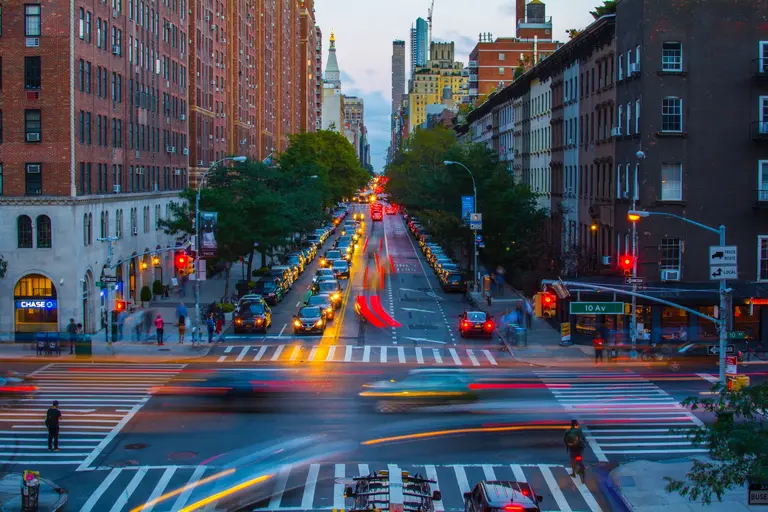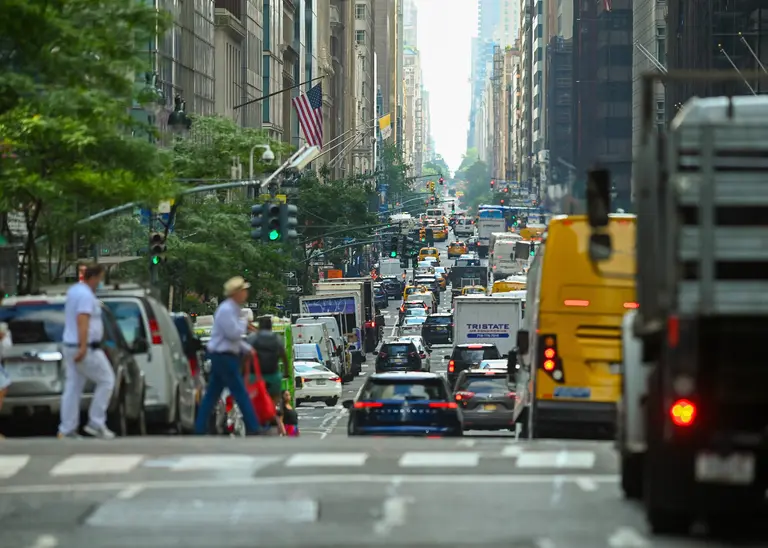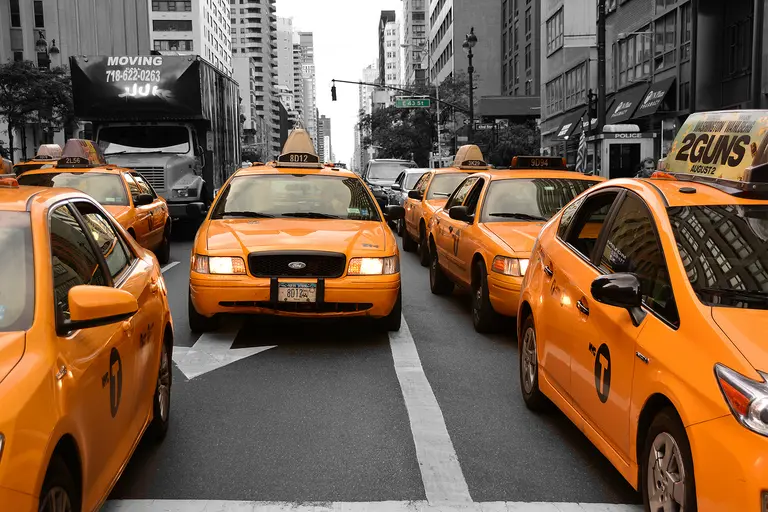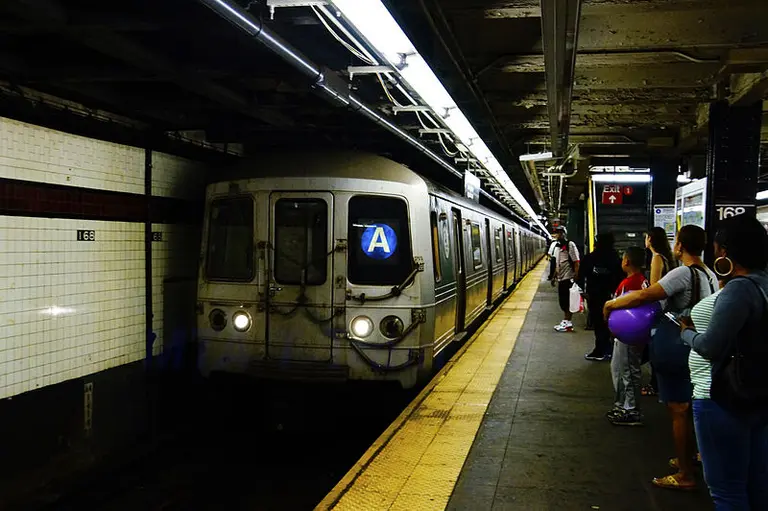
Photo by Jesús Mirón García on Pexels
NYC congestion pricing program gains final approval, with June start date
get more details

Photo by Jesús Mirón García on Pexels

Photo by Raidarmax on Wikimedia Commons

Photo by Jesús Mirón García on Pexels

Photo by Raidarmax on Wikimedia Commons

Photo courtesy of Marc A. Hermann / MTA on Flickr

Via Flickr

Via Flickr

Via Flickr









Via Flickr

Image via Flickr

Via Flickr cc

Photo via Wikimedia

Photo via joiseyshowaa/Flickr
Congestion pricing is dead in the water again. But New York City’s traffic and subway problems continue to get worse while the population and Cuomo and De Blasio’s battles continue to grow. Something has to give. With that in mind, the question remains, if congestion pricing ever happens, what is the relationship between congestion pricing […]